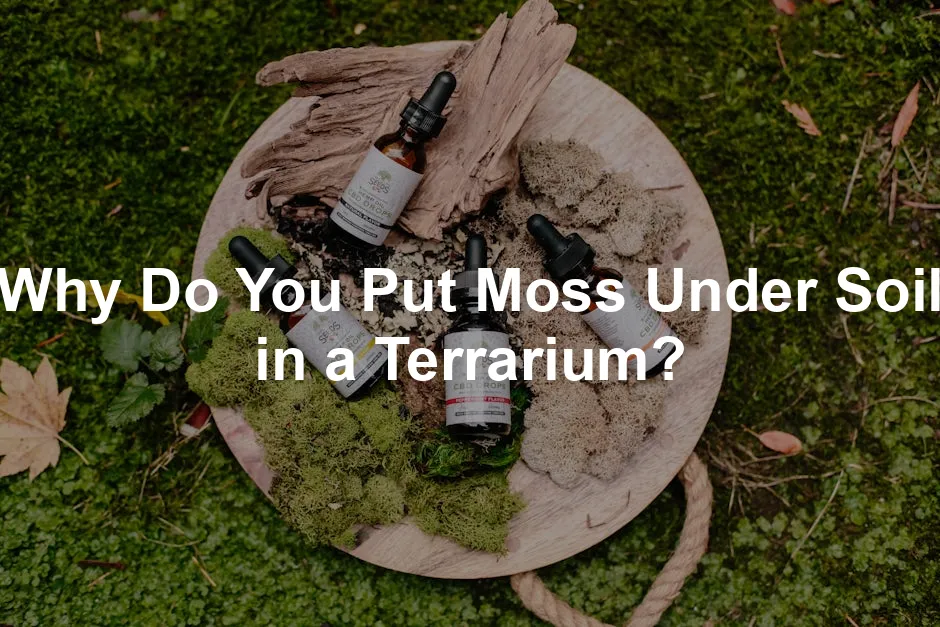
Why Do You Put Moss Under Soil in a Terrarium?
Introduction
Creating a lush, vibrant terrarium is an art form, but have you ever wondered why moss is a vital ingredient in this miniature ecosystem? You might think it’s just for looks, but moss plays a multifaceted role in maintaining a healthy terrarium environment. It acts like a sponge, soaking up excess water and releasing it back when needed. This helps keep moisture levels stable for your plants, which enjoy a humid climate.
Moss is not just a pretty face; it also acts as a natural filter, preventing debris from clogging the soil. This is especially important in closed terrariums where air circulation is limited. Think of moss as a little superhero, swooping in to save your plants from drowning in excess water or suffocating from poor air quality.
So, grab your glass container and let’s get our hands dirty with some moss magic! By the end of this article, you’ll see why moss deserves a prime spot in your terrarium.

Summary
Moss is often the unsung hero in terrarium design, acting as a natural humidifier and moisture regulator. This article reveals the many reasons for placing moss under the soil in a terrarium, including its ability to retain water, filter impurities, and enhance soil aeration. We’ll explore various types of moss suitable for terrariums and practical tips for incorporation and care.
Additionally, we’ll share step-by-step guidance on establishing layers in your terrarium for optimal plant health. For instance, placing a layer of moss can significantly improve drainage and prevent root rot, a common issue for many indoor gardeners.
Moss not only contributes aesthetically but also ecologically, promoting a balanced ecosystem. By the end of this article, you’ll understand how moss can elevate your terrarium game, both in looks and functionality. Whether you’re a beginner or a seasoned pro, incorporating moss is a simple yet impactful choice for your terrarium success.
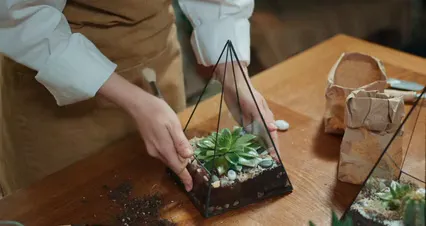
Why Put Moss Under Soil?
Acts as a Drainage Layer
Moss is your terrarium’s best friend! It acts as a natural drainage layer, efficiently soaking up excess water. This prevents your plants from sitting in a puddle, which can lead to root rot. Unlike traditional drainage materials like gravel, moss is lightweight and flexible. It adapts to various shapes and sizes, fitting snugly within your terrarium’s ecosystem.
While gravel is often bulky and can shift around, moss stays put, creating a reliable barrier. It absorbs water like a sponge, releasing it slowly when the soil dries out. This balance is crucial for maintaining healthy roots. So, if you’re looking for a drainage solution that’s both functional and aesthetically pleasing, moss is the way to go! Plus, you can enhance your terrarium’s look with some decorative stones for terrariums that complement your moss beautifully!

Prevents Root Rot
Root rot is the bane of every indoor gardener’s existence. It sneaks up quietly, often going unnoticed until it’s too late. But fear not! Moss has your back. By maintaining optimal soil moisture levels, it helps prevent this dreaded condition.
Moss retains just enough water, ensuring your plants are hydrated but not overwatered. Look for signs of root rot—yellowing leaves, wilting, and mushy roots. If you notice these, check the moisture levels. With moss in place, you can significantly reduce the risk of root rot, allowing your plants to flourish. If you’re serious about plant health, consider using an electronic soil moisture meter to keep track of your moisture levels like a pro!
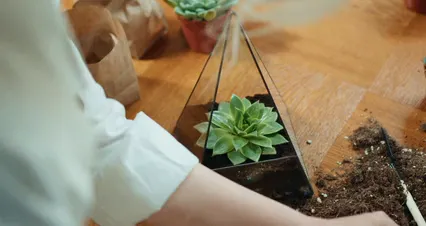
Enhances Soil Aeration
Who knew that moss could be an aerator? It creates tiny air pockets in the soil, allowing oxygen to circulate freely. This is essential for root development, as roots need air just as much as they need water.
Think of moss as a natural air conditioner for your terrarium. It enhances soil aeration, promoting overall plant health. With better air circulation, roots can grow deeper and stronger. This leads to healthier, more resilient plants. So, if you want your greens to thrive, give a shout-out to moss for its aerating powers! And don’t forget to give your plants a boost with high-quality plant fertilizer!

Maintains a Clean Terrarium Environment
Moss isn’t just a pretty face; it also plays a crucial role in keeping your terrarium clean. It traps dirt and impurities, preventing harmful bacteria and fungi from infiltrating your plant paradise.
In a closed terrarium, where air circulation is limited, cleanliness is paramount. Moss acts as a filter, absorbing toxins and keeping the environment fresh. Think of it as the air purifier of your mini-ecosystem. A clean environment means healthier plants and fewer pests. With moss in your terrarium, you can rest easy knowing it’s working hard to maintain a pristine atmosphere for your plants to thrive!
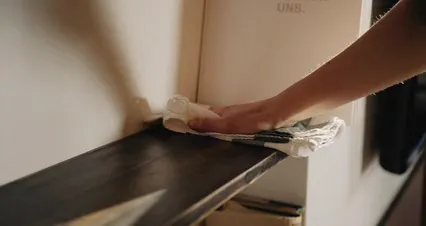
To learn more about the benefits of using moss in your terrarium, check out this article on why you put moss under soil in a terrarium.

Step-by-Step Guide to Using Moss Under Soil in a Terrarium
Preparing Your Container
Selecting the Right Container
Choosing the right container is crucial. Glass jars and bottles are popular options. They allow you to view your mini-ecosystem while providing a controlled environment. Ensure your container has a wide enough opening for easy access. This will make planting and maintenance a breeze. For a great starter option, check out this glass terrarium kit that comes with everything you need!
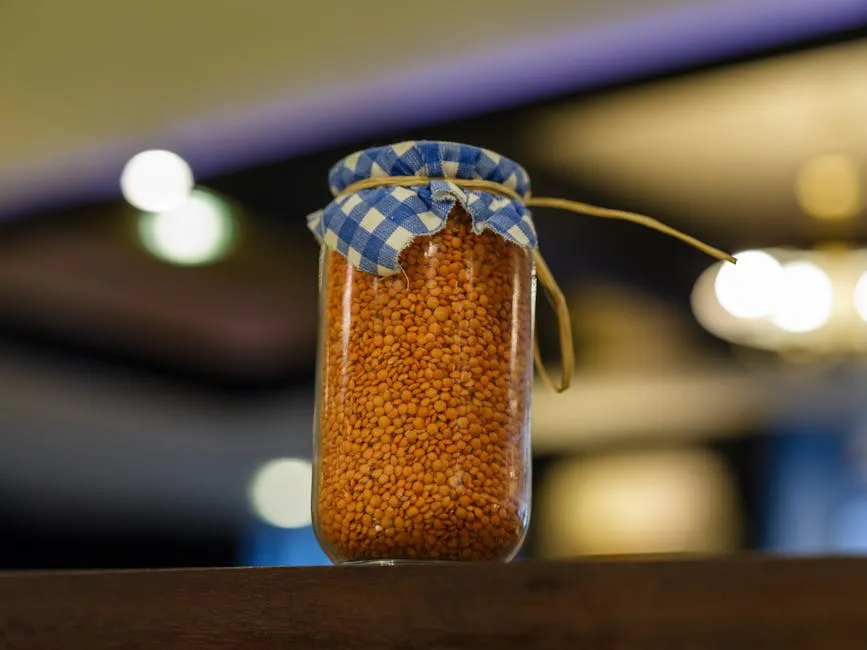
Layering Essentials: Drainage, Charcoal, and Soil
Start with a drainage layer at the bottom. This helps prevent water from pooling. Use small stones or gravel for this. Then, add a thin layer of activated charcoal for terrariums. This helps filter the air and keeps the terrarium fresh. Finally, top it off with a quality potting mix. Aim for a loose, well-draining soil. This will provide a nurturing environment for your plants.
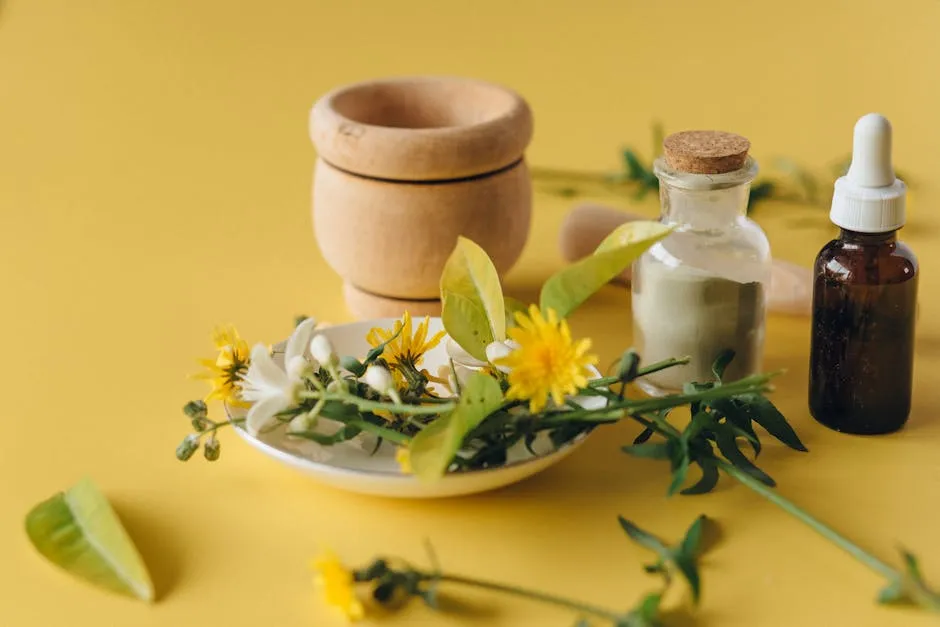
Adding Moss
Cleaning and Pre-soaking Moss
Before adding moss, ensure it’s clean. Remove any debris or pests. Rinse it gently under water. Then, soak the moss in rainwater or distilled water for about 15-20 minutes. This hydrates the moss and prepares it for its new home.

Layering Techniques for Optimal Moss Placement
Once prepped, spread the moss evenly over the soil layer. Aim for about an inch thick. This thickness ensures adequate moisture retention and air circulation. If you’re using different moss types, consider varying the placement. Mix textures and colors for a visually appealing effect.
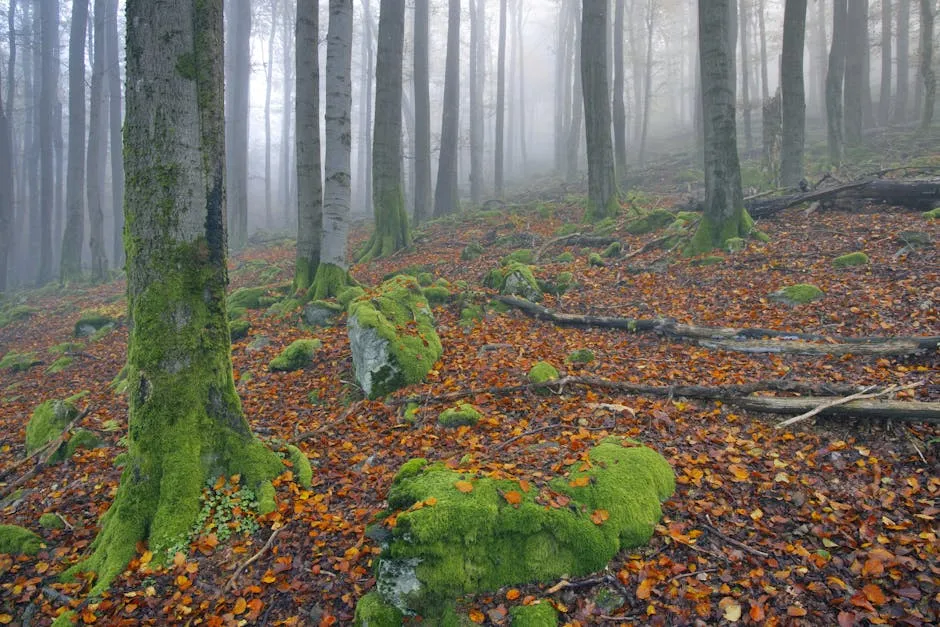
Finalizing Your Terrarium
Planting Tips and Decorative Elements
After placing the moss, it’s time to plant. Create small holes in the soil for your plants. Carefully insert the roots, ensuring they don’t touch the moss directly. For added flair, incorporate decorative elements like miniature garden figurines or stones. These not only enhance the aesthetic but also provide interesting focal points.

Maintenance and Care for Your Terrarium
Your terrarium is a self-sustaining ecosystem, but it still needs some TLC. Mist the plants and moss gently every couple of weeks. Keep the terrarium in a location with bright, indirect light. Avoid direct sunlight, which can overheat the environment. Keep an eye on moisture levels—moss should remain damp but not soggy. If you notice any browning, adjust your watering routine.
With these steps, you’ll create a thriving terrarium that showcases the beauty of moss while ensuring your plants flourish! And if you’re looking for a handy tool to help with misting, consider a reusable spray bottle for misting your plants!

Troubleshooting Common Moss Issues
Signs of Unhealthy Moss
Moss is generally resilient, but it can face challenges. Keep an eye out for browning or yellowing patches. These are often clear signs of distress. Mold growth can also appear, especially in overly moist environments. If you spot any of these issues, don’t panic!
First, assess your watering habits. Overwatering is the most common culprit for moss troubles. You want your moss damp, not drenched. If the moss feels soggy, reduce your watering frequency. Allow the terrarium to dry out a bit before the next misting.
Airflow is your second concern. Poor ventilation can lead to mold and stagnation. Ensure your terrarium has some airflow, especially if it’s closed. You can achieve this by occasionally opening the lid or using a container with better ventilation. If mold does appear, gently remove affected patches and adjust your care routine. A little trial and error can go a long way!
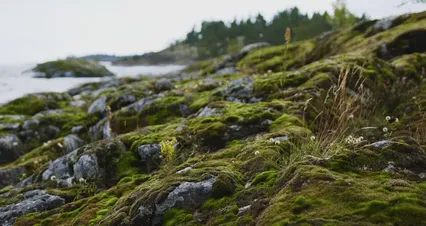
Tips for Moss Care
Caring for moss in your terrarium is a breeze if you follow a few simple guidelines. First, let’s talk about watering techniques. Use a spray bottle to mist the moss gently. This prevents water from pooling, which can lead to rot. Aim for a light misting every couple of weeks, or more often if the air feels dry.
Light is another critical factor. Moss naturally thrives in shady, indirect light. Direct sunlight can scorch it, leading to crispy edges and unsightly browning. If you notice your moss wilting, check its light exposure. Consider moving it to a shadier spot or using LED grow lights if natural light is insufficient.
Humidity is essential too! Moss loves moisture, so keep the humidity levels high. If your home is dry, consider using a small humidifier for indoor plants nearby. Avoid placing your terrarium near heating vents or drafty windows. With the right care, your moss will flourish, adding that lush, vibrant touch to your terrarium!
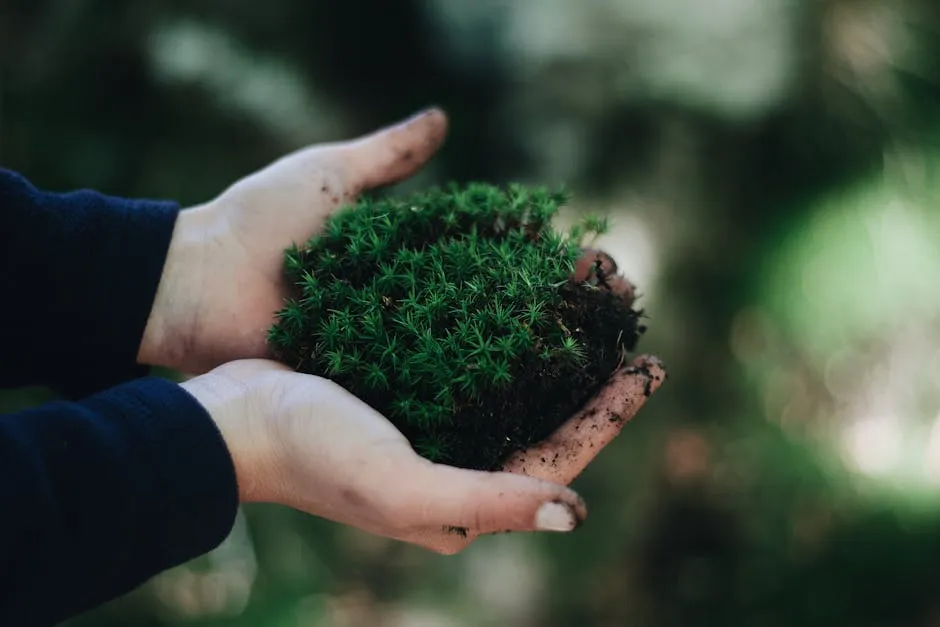
Conclusion
Incorporating moss under the soil of your terrarium is not just a decorative choice; it’s a crucial step in creating a balanced ecosystem that promotes healthy plant growth. By understanding the roles moss plays—from water retention to soil aeration—you can craft a terrarium that thrives. So, whether you’re a beginner or an experienced terrarium builder, remember that including moss is a small step that makes a big difference in your green creation. Happy planting!
FAQs
Can I use any type of moss in my terrarium?
Not all moss types are suitable for terrariums. The best options include Sphagnum, Sheet Moss, and Cushion Moss. Sphagnum is famous for its water retention capabilities, while Sheet Moss acts as a lovely carpet across the soil. Cushion Moss provides a plush look and is quite versatile. When selecting moss, consider the humidity levels in your terrarium. Closed terrariums tend to favor moisture-loving types, while open setups might require hardier varieties that tolerate lower humidity.
How often should moss in a terrarium be watered?
Moss thrives in damp environments but dislikes standing water. Mist your terrarium lightly every couple of weeks, or more frequently if you notice the moss drying out. The frequency will depend on your specific climate and the type of moss used. If you’re using Sphagnum, it may require a bit more attention due to its high moisture-loving nature. Always use rainwater or distilled water for the best results, as tap water can harm moss due to chlorine.
What are the signs of unhealthy moss?
Unhealthy moss may display several symptoms, including browning, yellowing, or wilting. Mold growth is another red flag, typically caused by excess moisture. If you spot these signs, adjust your watering habits and ensure there’s enough airflow in your terrarium. Trim away any dead or affected moss to prevent the spread of mold. Keeping a close eye on your moss will help you catch problems early and maintain its lush, vibrant appearance.
Can moss affect the growth of other plants?
Absolutely! Moss can be a great companion for other plants in your terrarium. It retains moisture and improves soil aeration, which benefits plant roots. However, be cautious not to let the moss layer become too thick. A thick layer might impede drainage and lead to soggy soil, adversely affecting your plants’ growth. As long as conditions are balanced, moss can enhance the overall health of your terrarium garden.
Is it necessary to replace moss periodically?
Moss can last a long time with proper care, but it may need replacement if it becomes unhealthy or unappealing. Look for signs of decay or mold, which might necessitate a fresh start. If your moss starts losing its vibrant color or texture, consider replacing it for aesthetic reasons. With appropriate humidity and care, moss can thrive for several months or even years in your terrarium. Regular maintenance and monitoring will help you decide when it’s time for a change.
Please let us know what you think about our content by leaving a comment down below!
Thank you for reading till here 🙂
All images from Pexels




